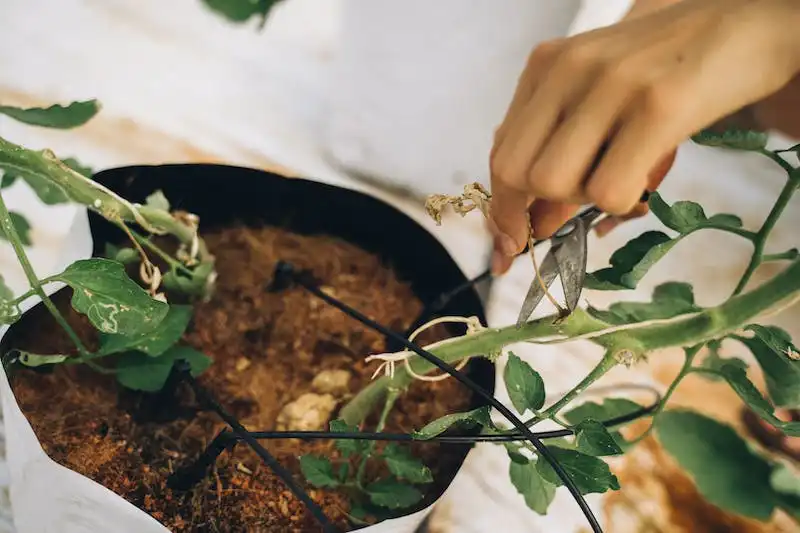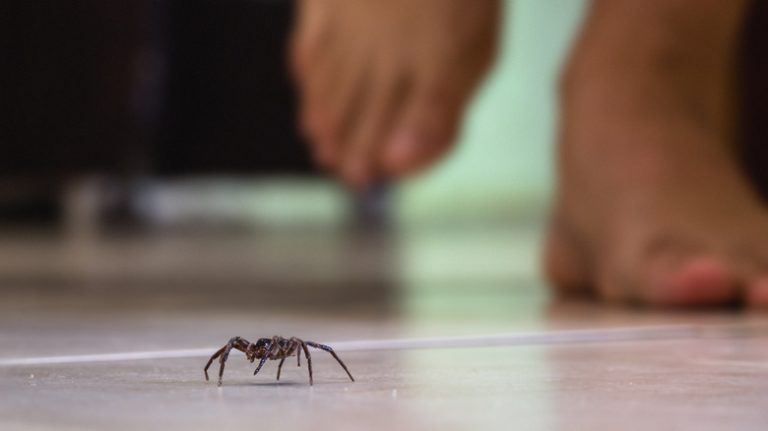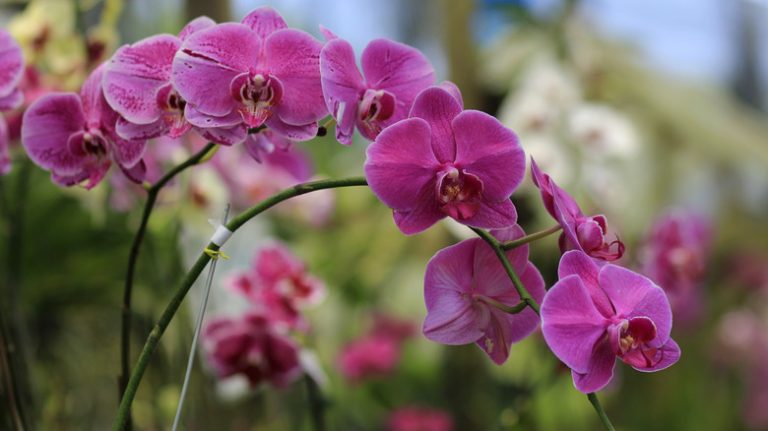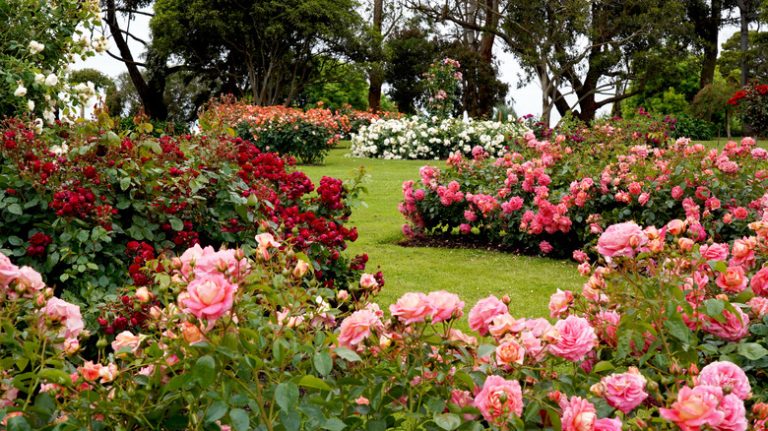The Missouri Primrose, also known by its scientific name Oenothera macrocarpa, is a beautiful flowering plant native to the state of Missouri. It is a member of the Onagraceae family and belongs to the Oenothera genus. This perennial plant is known for its perfect flowers, which bloom in various shades of yellow and are pollinated mostly by evening and night-flying insects.
One interesting characteristic of the Missouri Primrose is its ability to self-seed and spread easily. Once planted, it will quickly grow and produce new plants through seed dispersal. It can also grow taller than many other primrose species, reaching a height of about 2 to 3 feet.
The Missouri Primrose is a low-maintenance plant that prefers full sun and well-drained soils. It can tolerate a wide range of temperatures and is capable of surviving in both hot and cold areas. However, it does require regular watering, especially during dry periods. Watering the plant once a week is usually sufficient, but it may need to be watered more frequently in extremely dry conditions.
In terms of care, the Missouri Primrose does not have many requirements. It does not generally suffer from diseases or pests, making it a good choice for gardeners looking for a trouble-free plant. However, it may benefit from occasional pruning to remove any spent blooms or to guide its growth.
The Missouri Primrose is a great addition to any garden, whether you are a beginner or an experienced gardener. Its beautiful flowers, quick growth, and low maintenance make it an attractive choice. So, if you’re looking to add some color and beauty to your garden, consider giving the Missouri Primrose a try!
Missouri Primrose Seeds
The Missouri Primrose, also known as Oenothera macrocarpa, is a beautiful wildflower native to the central and southern regions of the United States. If you’re looking to add a touch of beauty and color to your garden, Missouri Primrose seeds are a perfect choice.
These seeds can be planted in both full-sun areas and areas with partial shade. Missouri Primroses prefer well-drained soil and are often found growing in limestone-rich soils. They have deep root systems, which make them quite drought-tolerant once established.
One of the best things about Missouri Primroses is their low maintenance requirements. They don’t require frequent watering and are quite resistant to most pests and diseases. However, keep an eye out for any problems with leaf discoloration or pests such as hawk moths. If you encounter any issues, a quick troubleshooting guide is usually all you need to fix them.
The Missouri Primrose is a self-seeding plant, which means that spent blooms will drop their seeds and new plants will appear the following year. This natural self-seeding process is one of the reasons why these flowers can be found in abundance in the wild, especially in the central and southern states.
When it comes to fertilizing, these plants don’t require much. A light dose of fertilizer in the spring can help promote healthy foliage growth and blooming. However, be cautious not to over-fertilize, as this can result in excessive leaf development and fewer flowers.
Missouri Primroses produce stunning bright yellow flowers with lanceolate petals that curve upwards. The blooms open in the evening and remain open throughout the night until the following morning. This makes them a perfect addition to gardens where you can enjoy their beauty during the day and night.
If you’re planning to grow Missouri Primroses from seeds, the best time to plant them is in late summer or early fall. This allows the seeds to experience a period of dormancy during the winter months, which improves their germination rate in the spring.
Overall, Missouri Primrose seeds are a fantastic alternative to traditional garden flowers. Their vibrant blooms, low maintenance requirements, and ability to self-seed make them a popular choice for gardeners in the central and southern regions of the United States. Whether you’re a seasoned gardener or a beginner, these seeds are a great addition to any garden.
Description
The Missouri Primrose (Oenothera missouriensis) is a beautiful perennial flower native to Arkansas and Missouri. It is commonly known as the “missouriensis” or “Missouri Evening Primrose”. This stunning flower is best known for its tall stems and vibrant yellow flowers that bloom throughout the summer and into the fall.
The Missouri Primrose has a quick-growing habit, reaching heights of up to 3 feet. Its lance-shaped leaves are mostly basal, forming a rosette at the base of the plant. The flowers sit atop long stems and have multiple layers of petals, which open during the day and close in the evening. They are a favorite among many pollinators, including bees and hawk moths.
This drought-tolerant flower thrives in full sun and is not picky about soil types. It can easily adapt to various habitats, including rocky or sandy soils. However, it prefers well-draining soils and dislikes waterlogged conditions. Missouri Primroses do not require frequent watering, as they have deep root systems that help them tolerate dry spells.
When it comes to temperature, this Primrose can withstand both hot summers and cold winters. It is well-suited for USDA hardiness zones 5 through 9. In colder zones, the plants may die back to the ground during winter but will reemerge in the spring. In warmer zones, they can remain evergreen throughout the year.
Missouri Primroses are relatively low-maintenance plants, experiencing very few problems. Their broad foliage covers the soil, reducing weed growth and preventing soil erosion. However, they are not completely immune to pests and diseases. Common problems include aphids, powdery mildew, and root rot. These can be addressed through proper watering, good airflow, and regular monitoring.
If you’re looking to add some vibrant color to your garden or landscape, the Missouri Primrose is a perfect choice. Its stunning yellow flowers attract butterflies and other pollinators, adding life and beauty to any outdoor space. Whether you plant them in containers, borders, or rock gardens, these primroses are sure to impress.
If you’re a fan of native plants, the Missouri Primrose is an excellent option. It not only helps support local ecosystems but also provides a valuable food source for pollinators. Its flowers are often pollinated by hawk moths, which are attracted to the plant’s sweet fragrance and bright color.
In addition to its aesthetic and ecological benefits, the Missouri Primrose is also easy to grow. It requires little to no fertilizing and is relatively immune to humidity-related problems. As long as you provide it with well-draining soil, plenty of sunlight, and moderate water, these primroses will thrive.
To summarize, the Missouri Primrose (Oenothera missouriensis) is a beautiful native flower that adds vibrancy and life to any garden or landscape. With its tall stems, vibrant yellow flowers, and evening blooming habit, it is a favorite among many gardeners. Its low-maintenance nature and ability to adapt to various soils and habitats make it an attractive choice for both novice and seasoned gardeners alike.
Missouri Primrose
The Missouri Primrose, also known as Oenothera missouriensis, is a member of the Onagraceae family and is native to the central and southern regions of the United States, including Missouri. It is a popular choice for gardeners due to its attractive yellow flowers and its ability to grow in a variety of conditions.
These plants are typically found growing in full-sun areas and prefer well-drained soil. They can tolerate a wide range of soil types, including rocky or sandy soils. Missouri Primroses are drought-tolerant and can survive in hot and dry conditions. They are commonly found in prairies, along roadsides, and in natural gardens.
The Missouri Primrose is a perennial plant that grows from a basal rosette of lanceolate leaves. The flowers bloom in the evening and last until the next morning, with each flower opening for only a day. They are pollinated by insects, including bees and butterflies.
Propagation of Missouri Primroses can be done by collecting and planting the seeds. The plants produce multiple seed pods that contain numerous small winged seeds. The seeds can be sown directly in the garden or started indoors and transplanted once the danger of frost has passed.
Care for Missouri Primroses is relatively low-maintenance. They generally do not require frequent watering, as they are drought-tolerant. If the plants become overgrown or unappealing, pruning can be done to shape them. It is recommended to cut back the stems to the ground in late winter or early spring to encourage new growth.
Missouri Primroses are relatively pest and disease-free. However, they may be susceptible to diseases such as root rot and leaf spot if the soil becomes too wet. In terms of pests, they may attract aphids, slugs, and snails, which can be controlled using organic methods or insecticides if necessary.
In colder zones, Missouri Primroses may die back to the ground in winter but will usually come back in the spring. It is important to note that these plants are invasive in some areas, so it is recommended to check local agricultural guidelines before planting.
If you have any questions about growing Missouri Primroses or need further information, it is recommended to visit your local gardening center or consult with a horticulturist.
Oenothera Macrocarpa How To Grow Evening Primrose
Oenothera macrocarpa, also known as Missouri Primrose, is an agricultural plant that thrives in a wide range of temperature conditions. It is a relatively easy plant to grow from seeds, but it may encounter some problems along the way. This guide will provide you with tips and troubleshooting advice for growing Oenothera macrocarpa, also known as Evening Primrose.
1. Choosing the perfect location: Missouri Primrose is native to the state of Missouri and can be found growing in the wild. It prefers areas that are left undisturbed and can adapt to a wide range of hardiness zones. It is best to plant Evening Primrose in a location that receives full sun, but it can tolerate partial shade in hotter zones.
2. Soil and watering: Evening Primrose grows best in well-drained soils that are rich in organic matter. It prefers moist soils but can tolerate dry conditions once established. Water your plants regularly, especially during dry spells, but be careful not to overwater as this can lead to root rot.
3. Pollination and blooming: Evening Primrose produces large yellow flowers that open in the evening and close in the morning. The flowers are pollinated by hawk moths, which are attracted to the fragrant blooms. To encourage blooming, deadhead spent flowers regularly.
4. Fertilizing and pruning: Evening Primrose doesn’t require much fertilizing, but you can add a balanced fertilizer in the spring to provide the plants with a nutrient boost. Pruning is not necessary for this plant, but you can remove any dead or damaged leaves as needed.
5. Common problems and troubleshooting: Some common problems that may arise when growing Evening Primrose include poor seed germination, powdery mildew, and aphid infestations. If you encounter any of these issues, refer to a comprehensive guide on how to address these problems.
In conclusion, Oenothera macrocarpa, or Evening Primrose, is a beautiful plant that can add a touch of natural beauty to your gardens. By following this guide, you can successfully grow Evening Primrose and enjoy its gorgeous blooms year after year.




